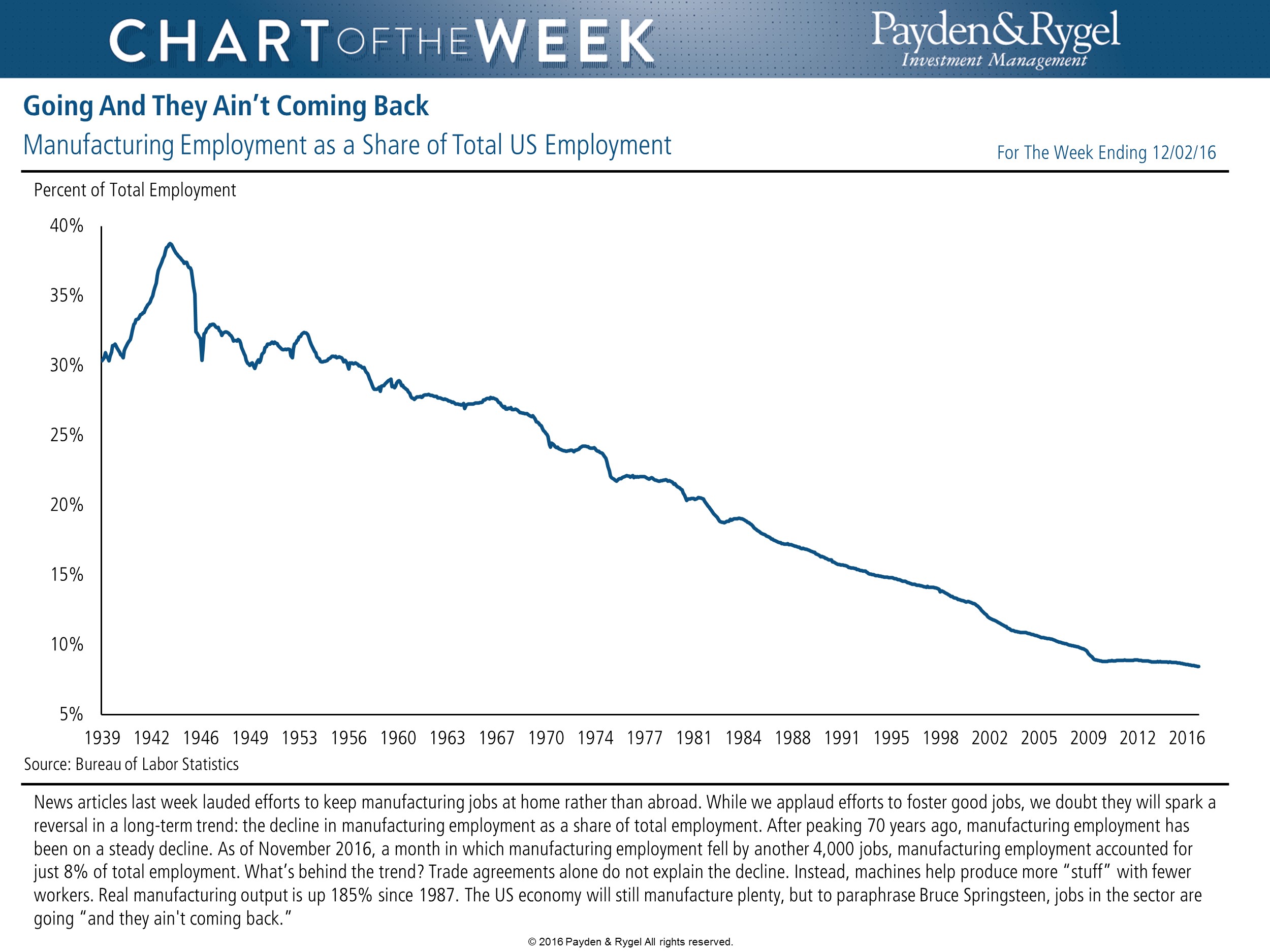Examples:
https://www.sec.gov/Archives/edgar/data/923184/000119312516784851/d299132d497.htm497 1 d299132d497.htm 497
SUPPLEMENT DATED DECEMBER
5, 2016
TO THE INVESTOR AND INSTITUTIONAL PROSPECTUS OF
MATTHEWS ASIA STRATEGIC INCOME FUND AND
MATTHEWS ASIA CREDIT OPPORTUNITIES FUND
DATED APRIL 29, 2016
Effective immediately after market closing on December 30, 2016, the minimum initial investment for Institutional Class shares is lowered from $3,000,000 to $100,000.
Therefore, effective immediately after market closing on December 30, 2016, the Institutional Class Shares chart under the “Purchase and Sale of Fund Shares” section on page 11 is hereby removed in its entirety and replaced with the following:
INSTITUTIONAL CLASS SHARES
Type of Account Minimum Initial Investment Subsequent Investments
All accounts $100,000 $100
Minimum amount for Institutional Class Shares may be lower for purchases through certain financial intermediaries and different minimums may apply for retirement plans and other arrangements subject to criteria set by Matthews.
The minimum investment requirements for both the Investor and Institutional Classes do not apply to Trustees, officers and employees of the Funds and Matthews, and their immediate family members.
Also effective immediately after market closing on December 30, 2016, the Minimum Investments in the Institutional Class Shares chart under the “Purchasing Shares” section on page 31 is hereby removed in its entirety and replaced with the following:
MINIMUM INVESTMENTS IN THE INSTITUTIONAL CLASS SHARES OF THE FUNDS
(U.S. RESIDENTS*)
Type of Account Minimum Initial Investment Subsequent Investments
All accounts $100,000 $100
Minimum amount for Institutional Class Shares may be lower for purchases through certain financial intermediaries and different minimums may apply for retirement plans and other arrangements subject to criteria set by Matthews.
* Additional limitations apply to non-U.S. residents. Please contact a Fund representative at 800.789.ASIA (2742) for information and assistance.
Finally, also effective immediately after market closing on December 30, 2016, the second paragraph under the heading “Minimum Size of an Account” on page 3
5 is hereby removed in its entirety and replaced with the following: “The Funds reserve the right to redeem small Institutional Class accounts that fall below $100,000 due to redemption activity. If this happens to your account, you may receive a letter from the Funds giving you the option of investing more money into your account or closing it. Accounts that fall below $100,000 due to market volatility will not be affected.”
For all existing and prospective Investor Class and Institutional Class shareholders of Matthews Asia Strategic Income Fund:
Effective immediately, Gerald M. Hwang no longer acts as a Co-Manager of the Matthews Asia Strategic Income Fund. All references with respect to Gerald M. Hwang in respect of the Fund are hereby removed.
Please retain this Supplement with your records.
********
https://www.sec.gov/Archives/edgar/data/923184/000119312516784870/d288429d497k.htm MICSX
https://www.sec.gov/Archives/edgar/data/923184/000119312516784873/d288429d497k.htm MIPIX
https://www.sec.gov/Archives/edgar/data/923184/000119312516784859/d299132d497.htm All other Matthews Funds & above
 Highlights of the Week:
Highlights of the Week: